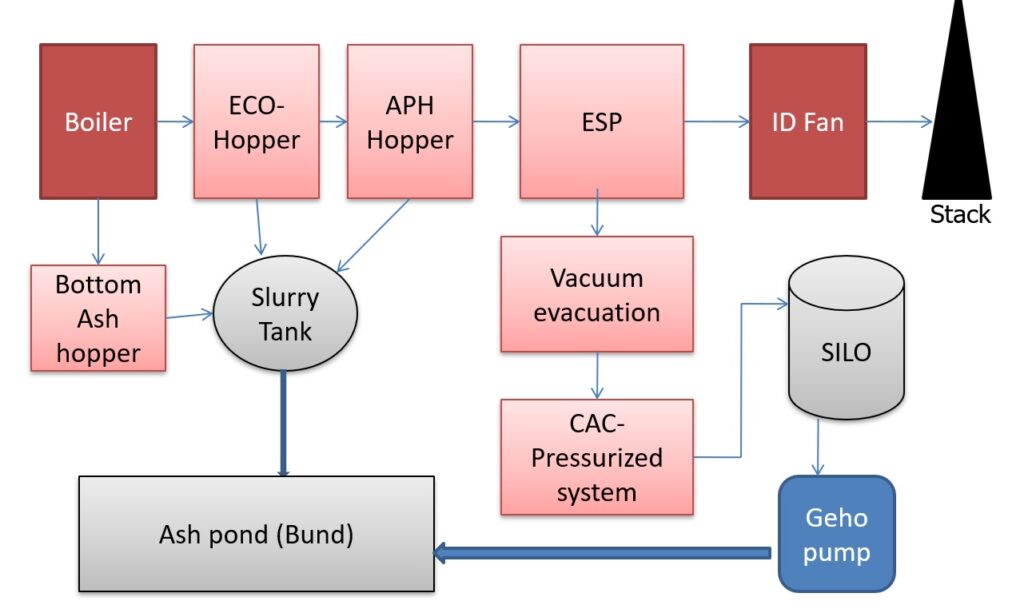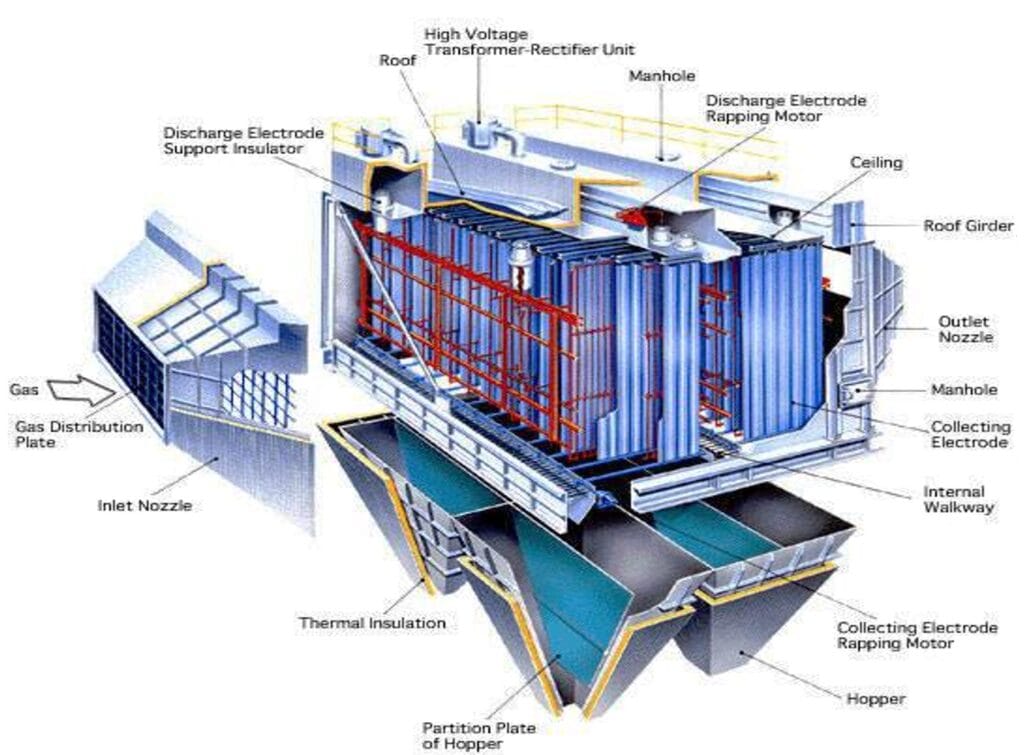Table of Contents
ToggleConcurrent statements in VHDL used in the dataflow model are executed concurrently. Hence, the ordering of these statements does not affect the resulting output.
Concurrent Signal Assignment
- The concurrent signal assignment statement assigns a value or the result of evaluating an expression to a signal.
- This statement is executed whenever a signal in its expression changes value. However, the actual assignment of the value to the signal takes place after a certain delay and not instantaneously as for variable assignments.
- The expression can be any logical or arithmetical expressions.
Syntax
signal <= expression;
Example
y <= ‘1’;
z <= y AND (NOT x);
A vector with all bits having the same value can be obtained using the OTHERS keyword as shown here.
SIGNAL x: STD_LOGIC_VECTOR(7 DOWNTO 0);
x <= (OTHERS => ‘0’); — 8-bit vector of 0, same as “00000000”
- Many of these statements can be active at the same time. The VHDL simulator monitors the RHS of each concurrent statement and any time a signal changes, the expression on the RHS is immediately evaluated.
- The new value is assigned to the signal on the left hand side after an appropriate delay.
Concurrent construct has different types of statements.
- With – select statement
- When – else statement
- Generate statements
- Block statement.
With Select Statement (Selected Signal Assignment)
Syntax
With expression Select
target-signal < = exp-1 when choice1
exp-2 when choice2|choice3
.
.
.
exp-n when choice
exp-m WHEN OTHERS;
- In the above syntax, if expression is equal to choice1, then exp-1 is assigned to signal. Otherwise, if expression is equal to choice2 or choice3, then exp-2 is assigned to signal.
- If expression does not match any of the above choices, then exp-m in the optional WHEN OTHERS clause is assigned to signal.
- ‘With Select’ statement evaluates expression and compares that value to each choice
- The matching choice value has its expression assigned to target in ‘When’ statement
- Each value in the range of the expression type must be covered by one
e.g. 4 : 1 multiplexer using with-select statement.
Library IEE;
Use IEEE.std_logic_1164.all;
entity MUX is
port (I : in bit_vector (3 downto 0);
S : in bit_vector (1 downto 0);
Y : out bit);
end MUX;
architecture MUX_41 of MUX is begin
With S Select
Y < = I(0) when “00”
I(1) when “01”
I(2) when “10”
I(3) when “11”,
‘0’ when others; — optional
end MUX_41;
Bit vector I has four signal components I(0), I(1), I(2), I(3).
When-Else Statement (Conditional Signal Assignment)
The conditional signal assignment statement selects one of several different values to assign to a signal based on different conditions. This statement is executed whenever a signal in any one of the value or condition changes.
Syntax
target < = exp-1 when condition-1 else
exp-2 when condition-2 else
…
exp-n when condition;
Example
z <= in0 WHEN sel = “00” ELSE
in1 WHEN sel = “01” ELSE
in2 WHEN sel = “10” ELSE
in3;
The conditional signal assignment statement selects different values for the target signal based on the specified, possibly different conditions.
Library IEE;
Use IEEE.std_logic_1164.all;
entity MUX is
port (I: in bit vector (3 downto 0); S: in bit_vector (1 downto 0); Y : out bit);
end MUX;
architecture MUX_41 of MUX is begin
Y<= I(0) when S<= ”00” else
I(1) when S<= ”01” else
I(2) when S<= ”10” else
I(3) when S<= ”11” else
‘0’;
end MUX_41;
Generate Statements
- The generate statements are concurrent statements with embedded internal concurrent statements, which can be interpreted as a circuit part.
- There are two types of generate statements.
- The first type is the for generate statement, which is used to create a circuit by replicating the hardware part.
- The second type is the conditional or if generate statement, which is used to specify whether or not to create an optional hardware part.
- The generate statements are especially useful for the parameterized design.
- The generate statement is interpreted during explanation, and therefore, has no simulation semantics associated with it. It resembles a macro expansion.
The generate statement provides for a compact description of regular structures such as memories, registers, and counters.
For Generate Statement
Adder4 IS PORT ( Cin: IN STD_LOGIC;
A, B: IN STD_LOGIC_VECTOR(3 DOWNTO 0);
Cout: OUT STD_LOGIC;
SUM: OUT STD_LOGIC_VECTOR(3 DOWNTO 0));
END Adder4;
ARCHITECTURE Structural OF Adder4 IS
COMPONENT FA PORT ( ci, xi, yi: IN STD_LOGIC;
co, si: OUT STD_LOGIC);
END COMPONENT;
SIGNAL Carryv: STD_LOGIC_VECTOR(4 DOWNTO 0);
BEGIN
Carryv(0) <= Cin;
Adder: FOR k IN 3 DOWNTO 0 GENERATE
FullAdder: FA PORT MAP (Carryv(k), A(k), B(k), Carryv(k+1), SUM(k));
END GENERATE Adder;
Cout <= Carryv(4);
END Structural;
Conditional Generate Statement
Syntax
gen-label :
if boolean-exp generate
end generate ;
concurrent statements ;
A simpler example is when a buffer is to be selected that has different delays based on the value of a constant. Here are the generate statements for such an example.
Example
GA: if USER_WANTS = LOW_DELAY generate
Z <= A after 2 ns;
end generate;
GB: if USER_WANTS = MEDIUM_DELAY generate
Z <= A after 10 ns;
end generate;
GC: if USER_WANTS = HIGH_DEU\Y generate
Z <= A after 25 ns;
end generate;
- The if-generate statement is also useful in modeling repetitive structures, especially in modeling boundary conditions. An if-generate statement does not have an else or an else-if branch.
- We can use generate statement in sequential modeling also.



Dear electronicsforyou.in owner, Thanks for the valuable information!
Dear electronicsforyou.in owner, You always provide clear explanations and definitions.
To the electronicsforyou.in administrator, You always provide great examples and real-world applications.